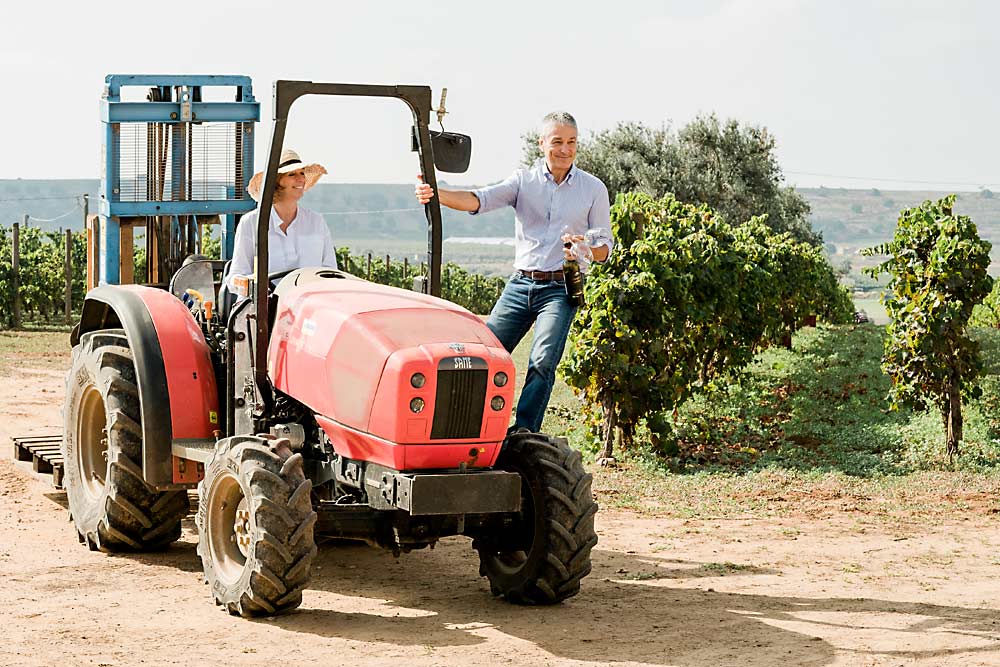
Off the toe of Italy’s boot lies Sicily, the largest island in the Mediterranean Sea. Thanks to nearly year-round sunshine and rich soils courtesy of Mount Etna, one of the world’s most active volcanoes, the terroir is ideal for thriving grape vines and excellent wines. It is also a perfect spot for growing organically and sustainably, according to Stefano Girelli, who, with his sister, Marina Girelli, co-owns Santa Tresa, a centuries-old vineyard in southern Sicily near the town of Vittoria.
“This is an estate that used to belong to an old local family of Vittoria, and then it was sold and resold, and we bought it in 2001,” Girelli said. He and his sister hail from a more northern latitude on Italy’s mainland but were intrigued by Sicily’s climate and its red, sandy loam topsoil, locally called terra rossa, that imparts “incredible finesse to the grapes and the finished wine,” he said.
Within a few years of operation, Girelli set his sights on growing organically, which was a fairly new concept in the region.
“When we first started years ago, everybody thought we were out of our minds, but to my satisfaction, I can see more and more of our neighbors are now turning to organic,” he said.
Organic approaches give the grapes their own nuanced characteristics, and ultimately produce the one-of-a-kind wines that today’s consumers are seeking, he said. Online shopping creates opportunities for those with adventurous palates to find out-of-the-ordinary wines. “They are looking for something different and I think we should offer them those differences,” he said.
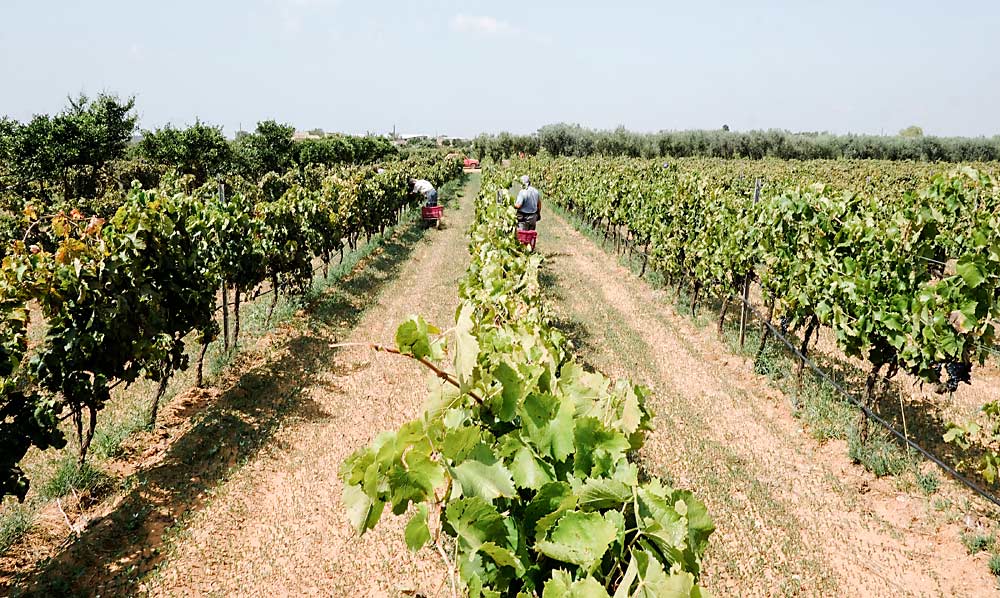
Sustainable practices
Growing organically and sustainably is not overly complicated, but it is time-consuming, Girelli said.
“When you grow organically, you basically need to go in the vineyard every day because you need to check what the situation is in that corner or in that other part of the estate, and then if you have some kind of problem, you have to treat it immediately, but only in that little part of the vineyard,” he said.
For instance, if his workers find a bit of mildew in the vineyard, they may apply sulfur and copper to the affected area and then monitor the situation, but they do not blanket-treat the entire vineyard. “We only use a very minimal amount of copper and sulfur in the vineyard, and exactly what is needed,” he said. “We have managed to reduce drastically the amount of sulfur and copper on the estate, and it is just (because of) really good practices and a lot of manual work.”
To irrigate more sustainably, Santa Tresa installed a 5-mile-long piping system to connect with a local reservoir. Although the vineyard had three wells in place, Girelli said they decided to use only water from the reservoir to preserve the groundwater supply. “If we keep pumping water from the soil, sooner or later we will attract salty water from the sea, and that would really be bad news,” he said.
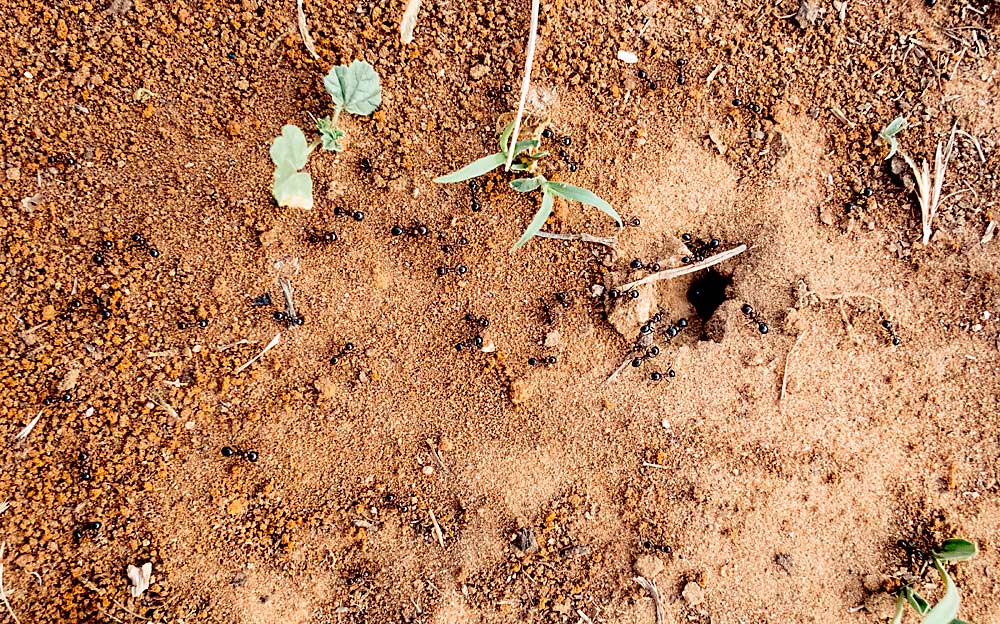
They also encourage biodiversity by incorporating a variety of Sicily-typical trees and plants in the vineyard, which promote visits by all manner of insects and other animals to create a vibrant and healthy ecosystem, he said. In terms of natural fertilizers, the vineyard grows fava beans between vineyard rows in the fall and winter and then turns them under to enrich the soil in early spring. They also welcome beneficial insects to manage detrimental invertebrates.
“We make sure to allow ladybugs to flourish on our estate because they eat a certain spider that can damage the vines. A few years ago, we actually bought some locally because we had an attack of these spiders,” Girelli said.
Consumer demand
Growing organically and sustainably has been personally satisfying, especially now that Girelli is seeing ever-increasing interest in Santa Tresa’s organic wines.
“If your winemaking respects what you are doing in the vineyard, you can make great wines,” he said. “But I don’t want to sell the wines because they are organic; I want to sell the wines because they are damn good, and organic is another tick in the box and can please more people.”
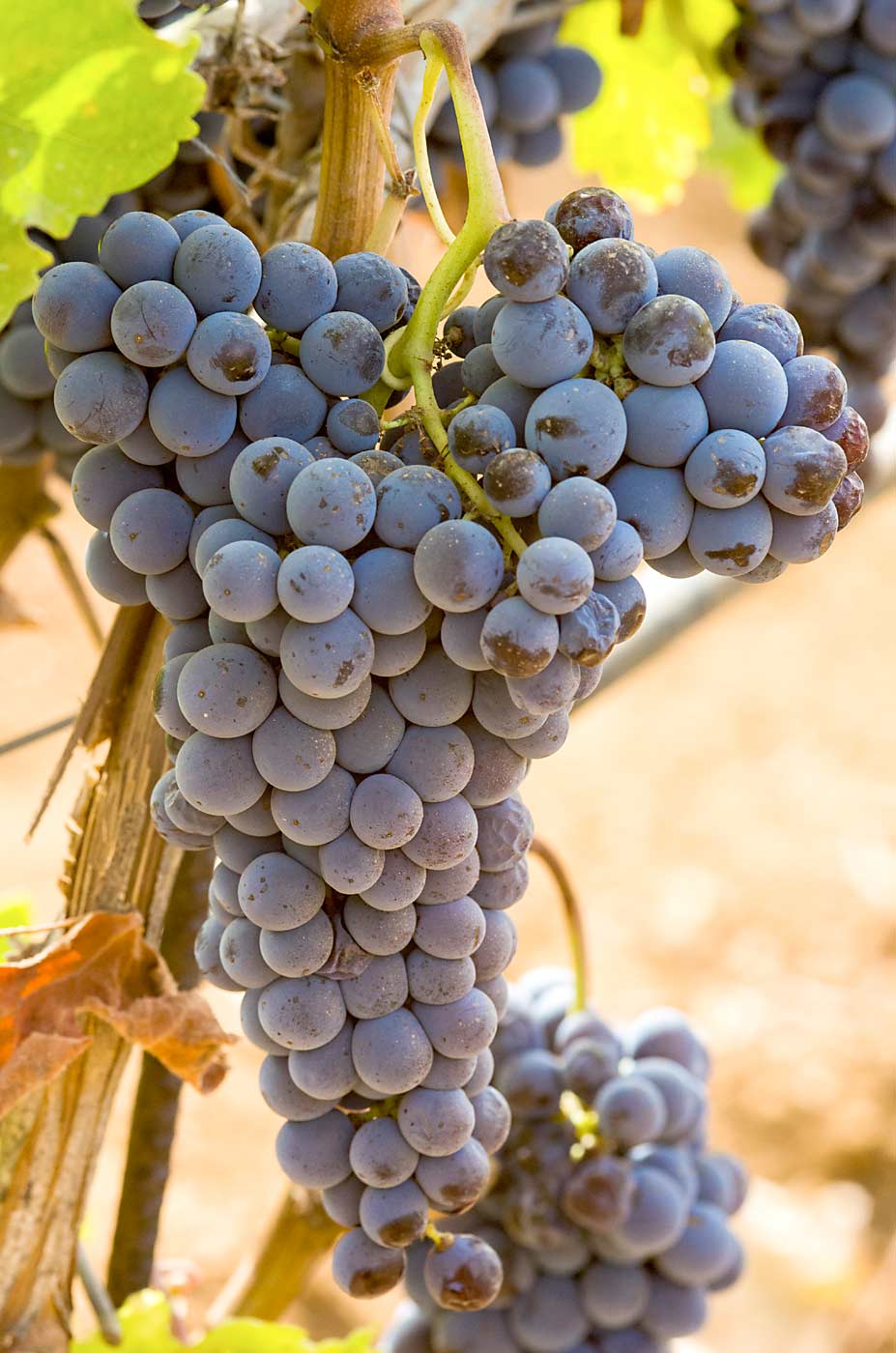
Consumers seem willing to pay a bit more for organic wines — typically 10 to 15 percent in Europe, he said. The higher cost is driven by increased need for manual labor and, often, lower yields than those seen in conventional vineyards.
That yield reduction, which he says will extend the life of his vineyards in this farming style, is worth it because of the resulting fruit quality.
“We wanted to really give the varietals the opportunity to show exactly the character. And what we realized by growing organically, it allows each grape variety to express its character really well and in sync with the terroir,” he said. “If we put everything in balance, we don’t stress the vines too much and don’t ask too much of them, they will produce over a number of years and deliver the best-quality fruit they can. So it is a continuous process of trying to respect what we find there, and without forcing, get the best out of it. At least, that’s what we believe.” •
—by Leslie Mertz
Everything old is new again
As part of its effort to bring consumers something different, the Santa Tresa estate near Vittoria, Sicily, now includes a planting of 8,000 vines of a recently rediscovered cultivar. Orisi, a high-acidity, tannic red, is one of six Sicilian wine grapes that had been thought extinct but were found in the island’s mountains. The six recovered Vitis vinifera cultivars — the reds Orisi, Inzolia Nera, Lucignola, Usirioto and Vitrarolo, and the white Recunu — were added to the Italian National Register of Grape Varieties in November 2019.
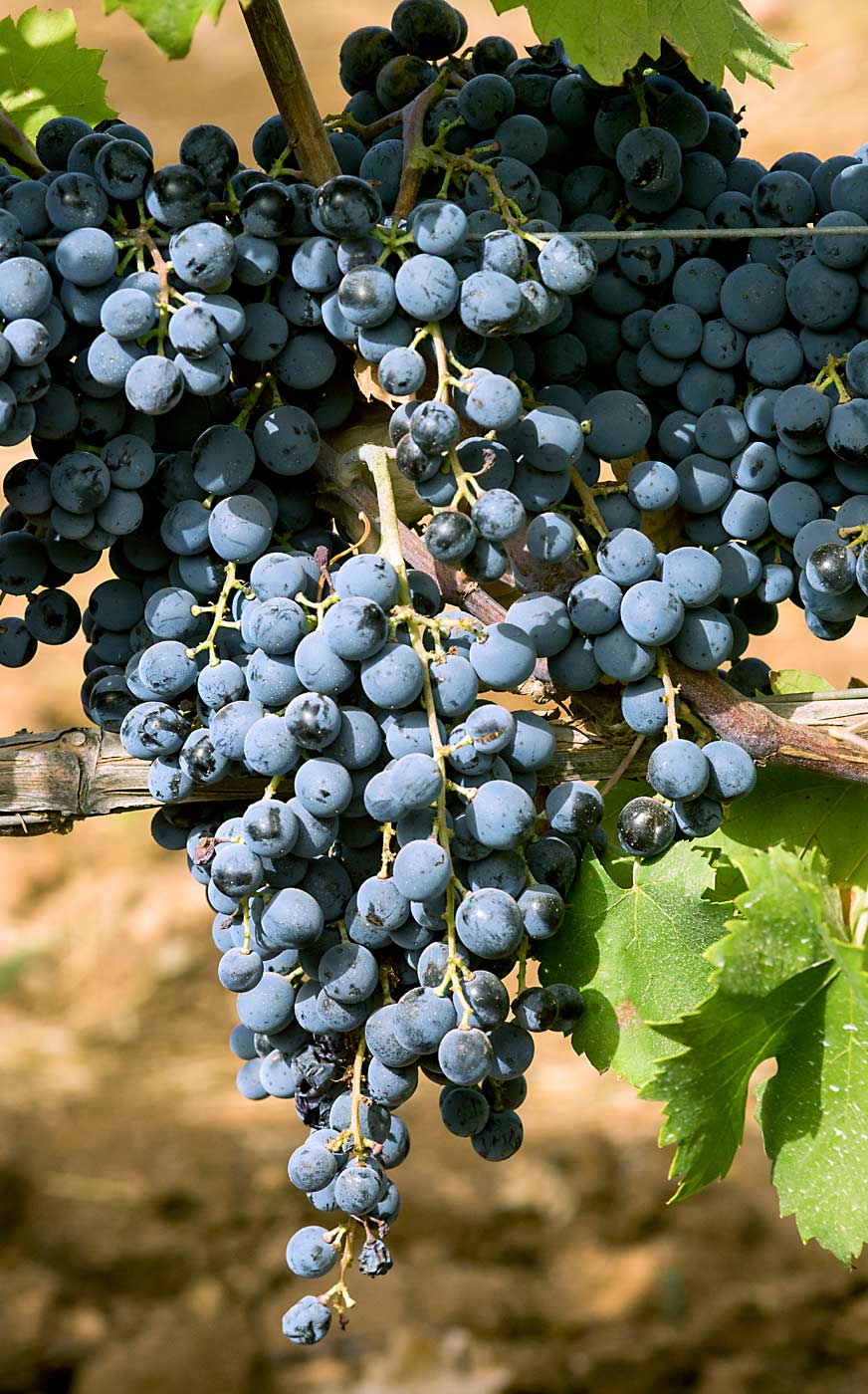
The rediscovery of the six varieties was part of a larger project undertaken by the universities of Palermo and Milan, the Department of Agriculture of the Sicily Region, and other agencies to recover traditional grapes in the region and possibly identify vines that may be useful to combat the hotter and drier weather patterns associated with ongoing climate change.
Santa Tresa had its first substantial production from its Orisi vines this past season. “It makes a very interesting wine,” said Stefano Girelli, who is co-owner of Santa Tresa. The vineyard is also experimenting with other grapes, including additional reliquial (relic) varieties, he said.
“Sicily has so many indigenous grape varieties, so we have a lot to play with and to have a lot of fun with,” he said. “It gives us the opportunity to be unique.”
—L. Mertz






Leave A Comment